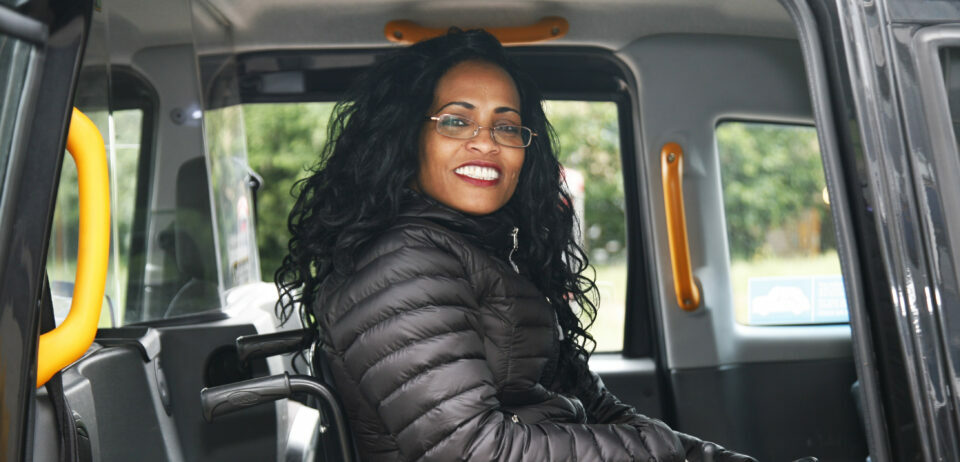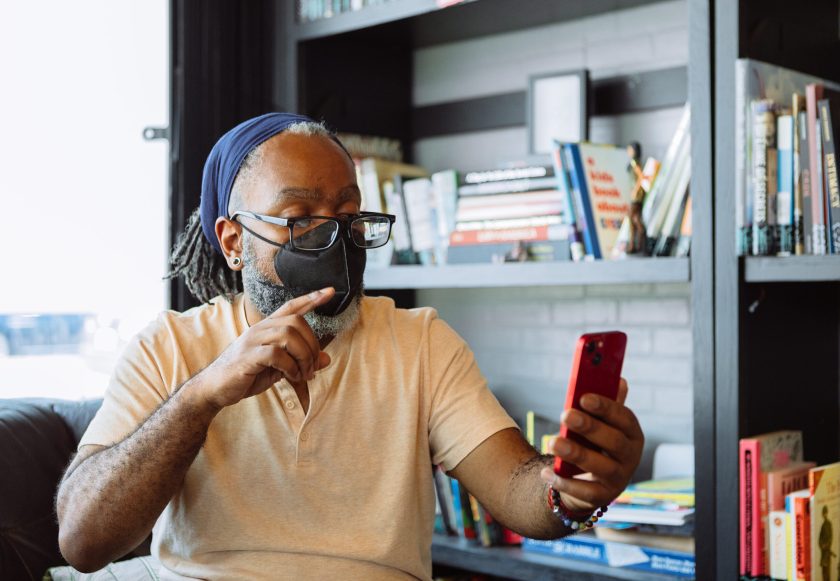
What do we mean by taxis and PHVs?
Taxis, also known as hackney carriages, are available for immediate hire, can be hailed in the street (‘ply for hire’) or via a taxi rank, and can accept pre-bookings. Private Hire Vehicles (PHVs), also known as minicabs, must be pre-booked and cannot use taxi ranks. Sometimes PHVs are booked through mobile apps, for example Uber or Bolt. On this page and normally in our work, we use ‘taxi’ to refer to both.
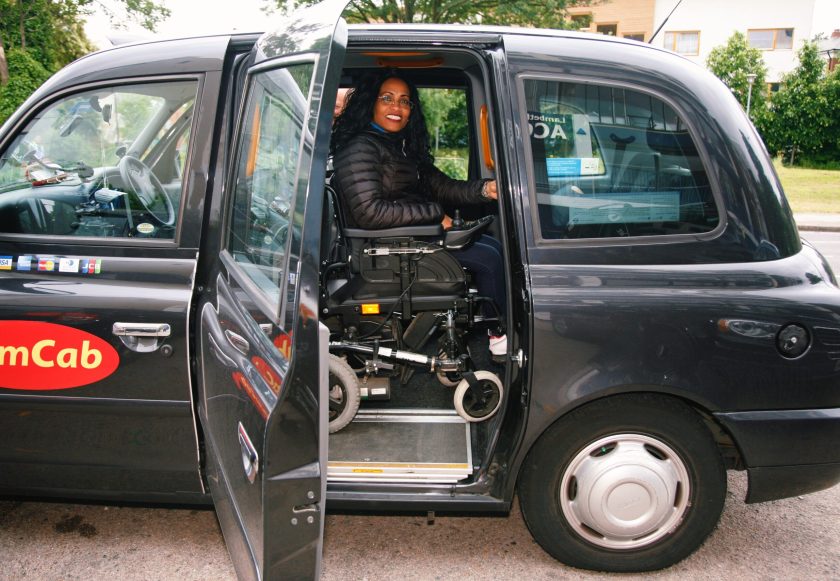
Policy background
Given the extensive barriers to public transport and active travel, as well as the large proportion of disabled people who cannot drive or have no household access to a vehicle, Taxis and Private Hire Vehicles (PHVs) fill a vital gap in disabled people’s mobility options. This is reflected in Government statistics: disabled people with “mobility difficulties” make more than double the number of trips per year than non-disabled people (Department for Transport).
- As of July 2023 13% of all licensed vehicles across England were wheelchair accessible, consisting of 55% of taxis and just 2% of PHVs (Department for Transport)
- The percentage of wheelchair accessible taxis nationally has fallen to 55% from 58% in 2016-17 (House of Commons Library)
- While all taxis in London are wheelchair accessible, in the rest of England outside of London this falls to 39% (Department for Transport)
- Despite it being illegal, almost 63% of Guide Dog handlers said they have been refused access to a taxi or PHV in the past 12 months (from a 2022 survey). 7% said it had happened to them between six and 10 times (Guide Dogs)
- Less than half of licensing authorities require disability awareness training for taxi drivers (Department for Transport)
Barriers to taxis for disabled people
- 64%
- cannot afford to use them as much as they need.
- 34%
- experience a lack of Wheelchair Accessible Vehicles (WAVs).
- 26%
- have been refused a ride because they are disabled.
- 29%
- have experience negative attitudes and behaviour from the driver.
Cost was the most common barrier to using taxis and PHVs by some margin, with 64% of respondents saying they could not afford to use taxis as much as they want or need. While taxis are often one of the most physically accessible modes for many disabled people, this suggests they are one of the least financially accessible. Our research shows disabled people are being forced to rely on a mode of travel that we cannot afford to use.
The second most common barrier to taxis was the limited availability of wheelchair accessible vehicles (WAVs), which affected 34% of respondents. People told us this created a constant sense of anxiety and uncertainty when making taxi journeys; people couldn’t be sure how long the wait would be until a WAV became available, or whether there would be any availability at all.
In some cases this has led to people being forced to use non-WAVs to make a journey to the detriment of their health, while others had to abandon their journey.
Negative experiences with driver behaviour were very common and were reported by 29% of respondents. This ranged from unsolicited remarks and uncomfortable questions to outright hostility, including throwing or breaking mobility aids. Despite it being illegal, 26% of respondents had experienced an access refusal (where drivers either refuse to pick up a disabled person, or drive off upon seeing them).
Even when drivers did agree to carry some respondents, they could give inadequate or sometimes dangerous assistance. This includes not safely deploying a ramp, failing to fix a wheelchair user in place properly, or demanding a guide dog be stowed in the boot.
15% reported that they have been charged extra for being disabled. Some told of drivers who added on a fee or left the meter running for the time it takes to load a mobility aid, or for the additional time a disabled passenger needed to get into the vehicle – both of these practices are illegal.
As well as barriers during the journey, disabled people frequently face barriers to booking a taxi in the first place. 26% of respondents said that their access requests have been misunderstood or ignored by call handlers when trying to book a taxi. People told us that this meant they either couldn’t get a taxi at all, or that an inaccessible vehicle showed up.
A further 15% said that the booking systems themselves are often inaccessible. When there are limited operating companies in a given area, it is even more important that they provide a range of booking formats. We also found that out of all the modes of transport covered in this survey, participants rated taxis as being the most difficult mode to find information on, with 19% of our respondents saying this was extremely difficult.
24% of respondents said that a lack of a suitable kerbside pickup or drop off location was a barrier to taxi travel. This could be because of litter or other obstructions on the kerb, or because there are cycle lanes along the wayside that make crossing to the vehicle unsafe.
Our research and work on taxis
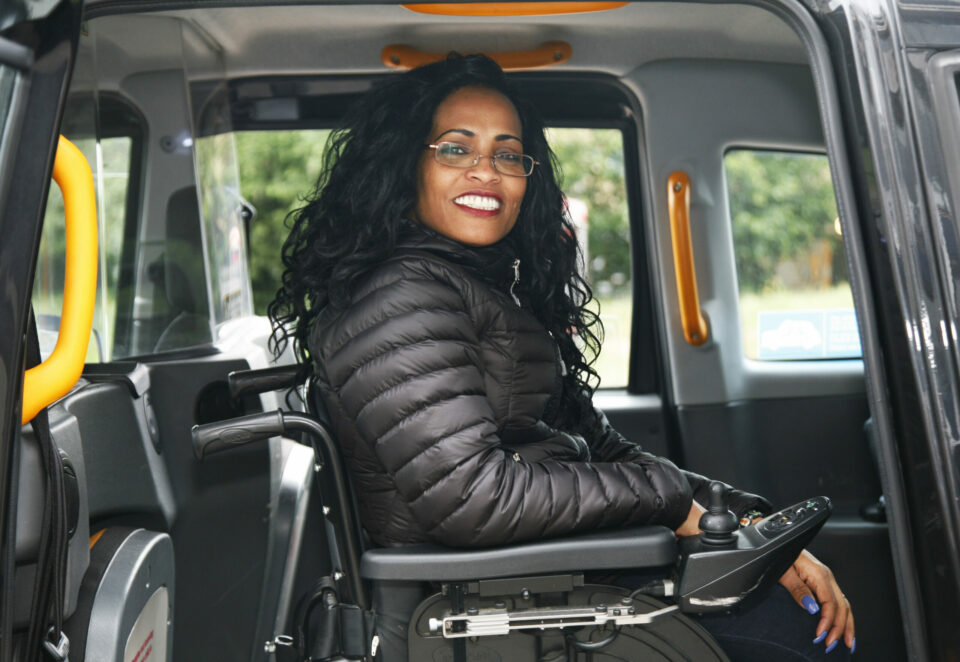
Bill seeking to remove barriers to Taxis and PHVs passes
The Taxis and Private Hire Vehicles (PHVs) (Disabled Persons) Bill today passed its third reading in the House of Lords, and will now go through final stages before becoming law.
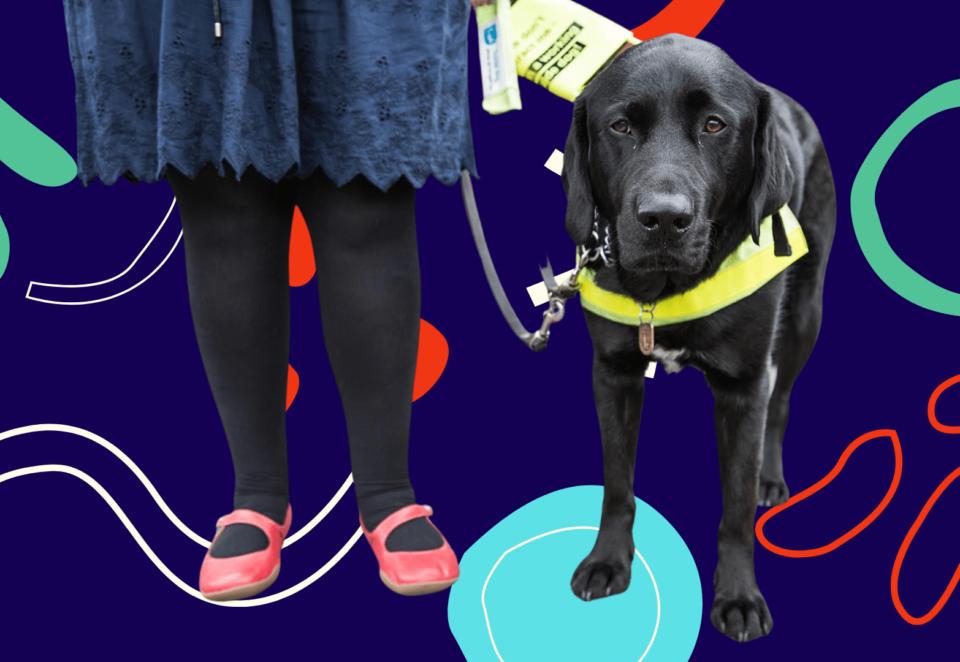
How it feels when Taxis refuse to take my guide dog
Madeline, Transport for All member, blogs about her experience of access refusals when trying to travel by taxi with her Guide Dog.

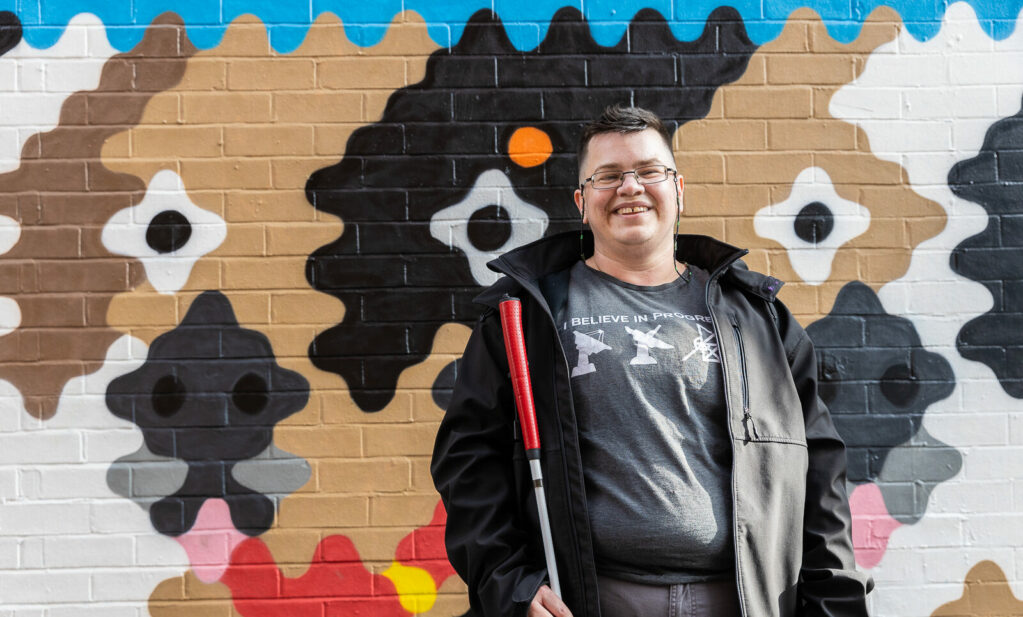
Support us
We can't do this without your support. Take action, give what you can, or sign up as a member - and join our movement of disabled people fighting for a better future.
